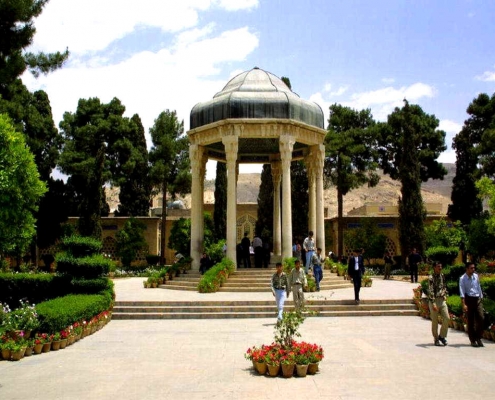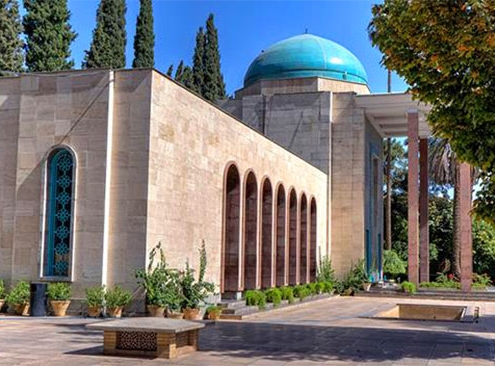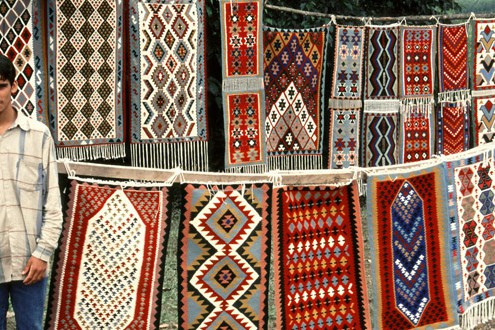
Iran Ethnic Groups: All You Need to Know About
/
0 Comments
Iran as the cradle of one of the most ancient civilizations in…
 https://irandoostan.com/dostcont/uploads/2018/05/Tomb-of-Hafez-Shiraz-Iran-1-e1526975298309.jpg
450
600
Farima Fehrest
https://irandoostan.com/dostcont/uploads/2025/05/Irandoostan-logo.webp
Farima Fehrest2018-05-21 13:01:542025-04-13 14:59:58Hafez (Persian Poet): Biography, Poems, Hafezieh
https://irandoostan.com/dostcont/uploads/2018/05/Tomb-of-Hafez-Shiraz-Iran-1-e1526975298309.jpg
450
600
Farima Fehrest
https://irandoostan.com/dostcont/uploads/2025/05/Irandoostan-logo.webp
Farima Fehrest2018-05-21 13:01:542025-04-13 14:59:58Hafez (Persian Poet): Biography, Poems, Hafezieh
Saadi, the Great Persian Poet of All Time
Saadi Shirazi- Abu-Mohammad Muslih al-Din Shirazi- the great…
 https://irandoostan.com/dostcont/uploads/2015/12/iran-nomads.jpg
330
850
Mina Bagheri
https://irandoostan.com/dostcont/uploads/2025/05/Irandoostan-logo.webp
Mina Bagheri2015-12-02 09:36:382025-04-13 15:32:26Ancient Persian Nomads (History, Photos, Video)
https://irandoostan.com/dostcont/uploads/2015/12/iran-nomads.jpg
330
850
Mina Bagheri
https://irandoostan.com/dostcont/uploads/2025/05/Irandoostan-logo.webp
Mina Bagheri2015-12-02 09:36:382025-04-13 15:32:26Ancient Persian Nomads (History, Photos, Video) https://irandoostan.com/dostcont/uploads/2015/12/Coffee-in-a-Mozif.jpg
330
850
Mina Bagheri
https://irandoostan.com/dostcont/uploads/2025/05/Irandoostan-logo.webp
Mina Bagheri2015-12-02 08:21:482025-04-13 15:32:27Delicious Taste of Coffee in a Mozif
https://irandoostan.com/dostcont/uploads/2015/12/Coffee-in-a-Mozif.jpg
330
850
Mina Bagheri
https://irandoostan.com/dostcont/uploads/2025/05/Irandoostan-logo.webp
Mina Bagheri2015-12-02 08:21:482025-04-13 15:32:27Delicious Taste of Coffee in a Mozif

